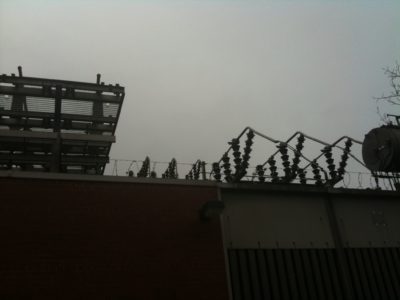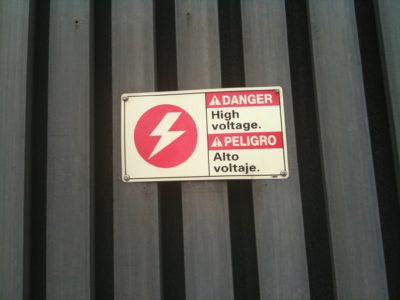Scientific Curiosity Can Be Mistaken For Terrorism
The Urban Scientist's interest in city power plant sparks suspicion
Olivia Koski • May 27, 2010
I got off the bus at 14th Street and Avenue C in Manhattan’s Lower East Side, and was struck by towering smoke stacks and metallic coils protected by tall brick walls laced with barbed-wire: your friendly neighborhood power plant. The Urban Scientist couldn’t help but wonder – how does this thing work? How much power does it produce? Where does it get its energy from?
So I broke out my iPhone and started documenting. Not five seconds passed when a guy on the sidewalk stopped me and said, “You’d better be careful. They might mistake you for a terrorist.” Little ol’ me? I wondered. “I’m just curious,” I told him. “You know, about how it works.” The anonymous power plant worker told me the facility is capable of producing 700 Megawatts, and that it gets its energy from burning coal and natural gas.
I did a quick Google search to find out more about this urban wonder. I found out this particular power provider was the subject of some controversy. Apparently every time I switch on a lightbulb, some pollution is produced. People in the neighborhood near the power plant aren’t too thrilled about that.
I was just hoping to brush up on my electromagentism, but apparently I stumbled onto an environmental can of worms. It reminded me of something my high school physics teacher taught me, “There’s no free lunch.”

